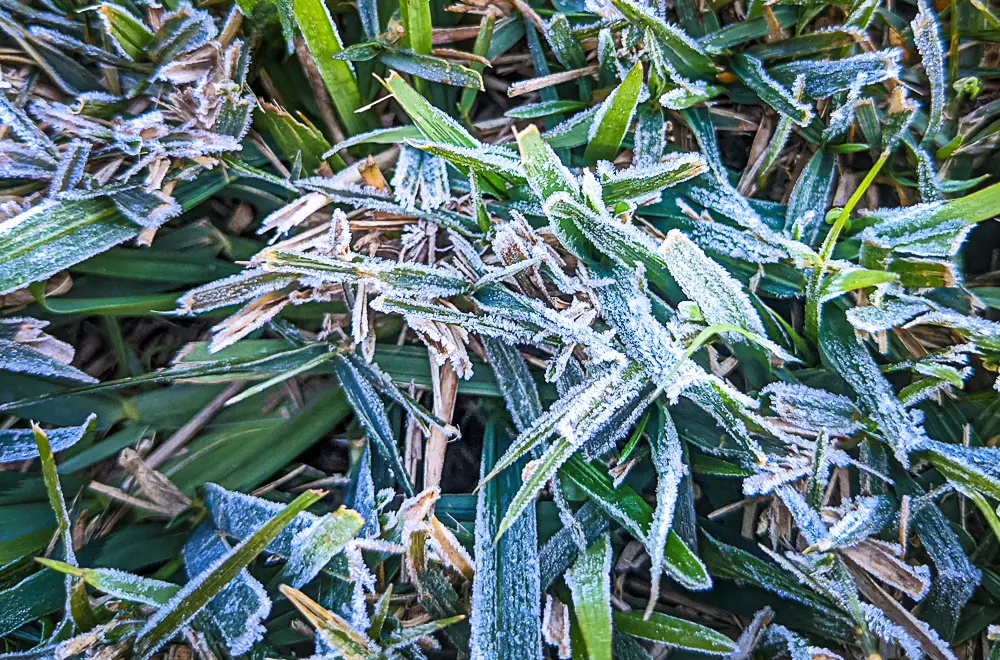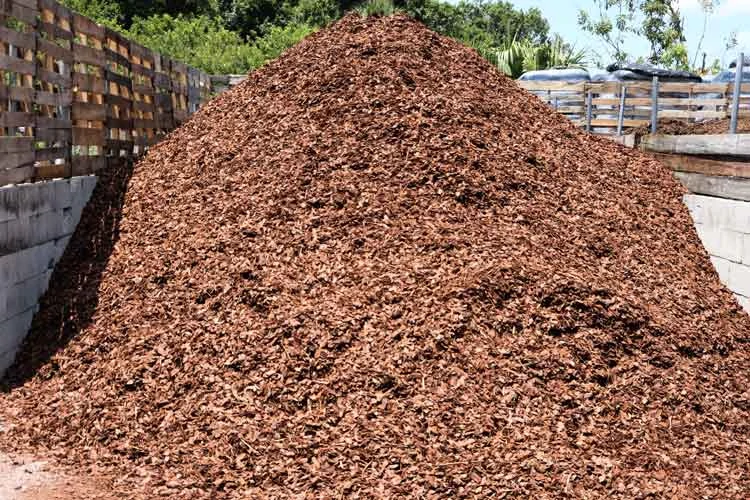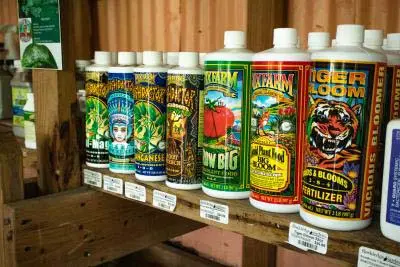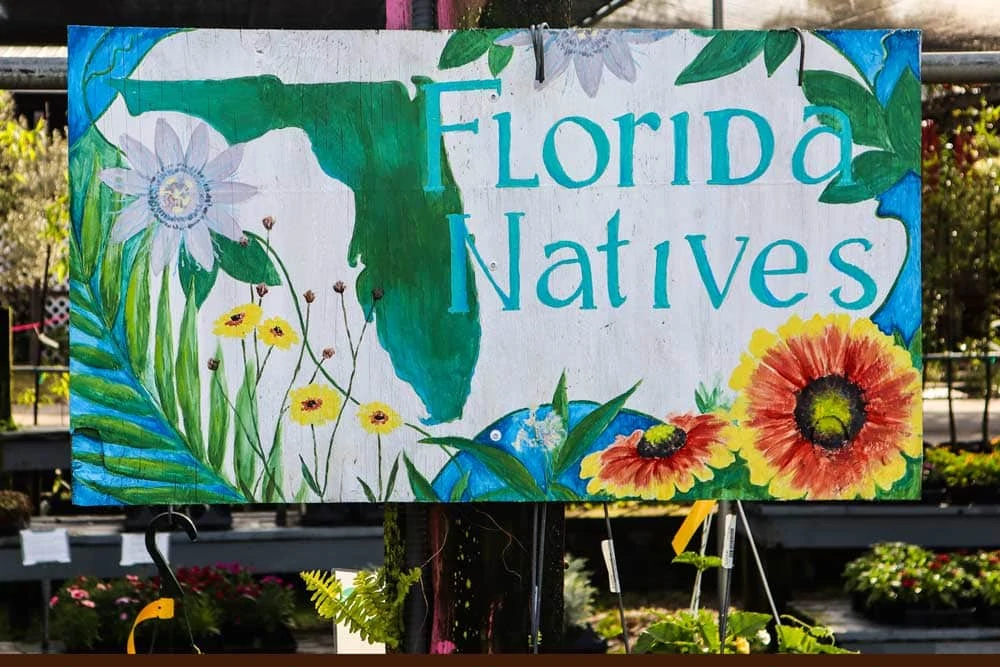by Amanda Rose Newton
Florida is fortunate to feature subtropical temperatures year-round, which means residents can bask in color and greenery no matter the season.

However, freezes still occur and have a history of causing issues for our agricultural, ornamental, and backyard oases.
When freezes decide to take a detour down south, threats of cold temperatures mean a mad rush to the garden center to protect fragile foliage, akin to clearing grocery stores of milk, bread, toilet paper, and crucial supplies.
This past weekend, garden centers and nurseries across central and north Florida sold out of plant covers in record time. So what can you do if you were not lucky enough to grab a specialty cover for plants?
Here are a few tips to help you prepare for the next time our temperatures dip.
1. MULCH!

I often speak of how beneficial mulching your plants can be. Not only does it reduce the spread of fertilizers and hold moisture, but it also insulates the plant keeping it nice and warm in the cooler months.
Make sure to choose a biodegradable mulch such as pine bark; it will add the benefit of acid as it breaks down, which our alkaline soil appreciates. When mulching around a tree, remember to leave a little bit of breathing room around the trunk. No one likes a mulch volcano!
2. Wrap It!
While they do design blankets and plastic especially for protecting plants from cold, a D.I.Y version works just as well! If the temperatures are dipping lower than 35, consider adding a blanket or towel on top of susceptible plants.
Palms can also benefit from a wrap in a blanket, due to their tropical nature. Sheets of plastic can be placed over rows of veggies, blueberries, or strawberries (which are in season this month). If using plastic, place a fabric layer in between to ensure the plant can breathe.
3. Add an Extra Layer
If you do not have mulch down or want an extra layer of protection, you can add hay (as in for horses) as an additional buffer and heat store. Given our humidity, removing the hay afterward is a smart move, as moisture build-up can lead to mold growth.
4. Drink Up!
While water uptake slows in the winter, it is essential for the proper functionality of the plant. Watering early in the day and avoiding hitting the foliage with water that can become frost later will help enhance the natural immunity of the plant.
5. A Healthy Dose of Vitamins
Now is certainly not the time to fertilize! Wait until March for that!

What you can do, however, is apply Liquid Seaweed which is a gentle fertilizer that a few research studies (see references at the bottom of this post) indicate can improve cold tolerance of plants by several degrees!
6. Go Native!
Plants that are from this region of Florida are going to have the tolerance needed to withstand a freeze.

Choosing shrubs and perennials, providing proper care, and selecting healthy plants are going to be your best overall bet in coming out of the freeze on a good note.
If you are not able to protect your plants in time, take solace in the fact that perennials often die down to the ground and miraculously make a comeback each spring. This resilience is something we certainly cherish plants for.
References:
Ali, Omar et al. “Biostimulant Properties of Seaweed Extracts in Plants: Implications towards Sustainable Crop Production.” Plants (Basel, Switzerland) vol. 10,3 531. 12 Mar. 2021, doi:10.3390/plants10030531
ACS Omega 2020, 5, 8, 4242–4249
Publication Date:February 21, 2020
https://doi.org/10.1021/acsomega.9b04155
Hines, S., van der Zwan, T., Shiell, K. et al. Alkaline extract of the seaweed Ascophyllum nodosum stimulates arbuscular mycorrhizal fungi and their endomycorrhization of plant roots. Sci Rep 11, 13491 (2021). https://doi.org/10.1038/s41598-021-93035-9


